Love plants? Turn that passion into profit with 13 proven gardening business ideas you can start this season. Whether you’ve kept a few houseplants alive or you’re the friend people call to fix a lawn, this guide shows exactly how to turn skills into income.
The problem most people face isn’t a lack of gardening business ideas—it’s knowing which niches are growing, what to charge, the legal bits (like plant passports), and how to start a gardening business in the UK without wasting months.
Here you’ll get demand signals for 2025, step-by-step starter kits, simple price anchors, and where rules apply (for example, plant health and biodiversity requirements).
We’ll also point to the best UK resources so you can move from hobbyist to paid work in weeks, not years. By the end, you’ll have a shortlist to test, a first offer to sell, and a plan for recurring revenue—perfect for a garden business UK side hustle or a full-time venture.
Garden Maintenance & Lawn Care
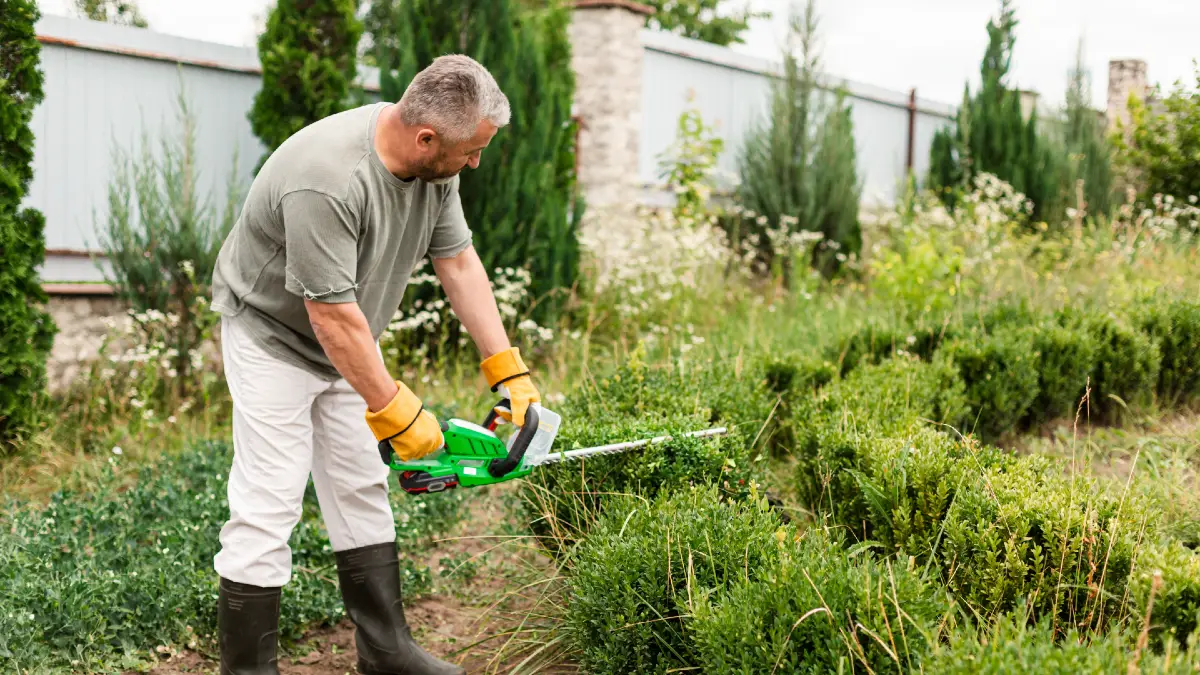
UK Lawn Care: Quick Wins Clients Notice
Use these evidence-based cues to frame your offer without repeating your package list.
Office for National Statistics
Lower access concentrates demand on reliable contractors
- Cut heights: ~13–25 mm in summer; up to ~40 mm in spring/autumn (ordinary lawns).
- Autumn feed: formulated to strengthen roots, not push leafy growth.
- New lawns: first mow when grass is ~5 cm high, blades on the highest setting.
Why “Care Plans” Beat One-Off Mows
Use outcomes instead of hours to set expectations and reduce churn.
- Set outcomes: “edges crisp, paths clear, height kept in range.”
- Bundle seasonal tasks: scarify/aerate in autumn; feed at the right time.
- Prove value: add photo reports after each visit.
Evidence cues named: RHS mowing & autumn care; ONS garden access.
Seasonal Playbook Clients Understand
| Season | Priority tasks | How you explain it |
|---|---|---|
| Spring | Edge, overseed thin areas, first light feed if needed | Preps density before summer footfall |
| Summer | Mow little & often at 13–25 mm; spot-water new turf | Healthier sward, less scorch and weed ingress |
| Autumn | Scarify, aerate, autumn feed for roots | Builds resilience for winter & next spring |
| Winter | Minimal mowing; avoid waterlogged soil compaction | Protects structure; prevents ruts and disease |
Task emphasis aligned with RHS lawn guidance.
5-Step Onboarding That Sells Reliability
Demand is solid: the UK landscaping sector turns over billions annually and employs a growing workforce, with more than twenty-two thousand firms operating—clear evidence that homeowners and commercial sites pay for ongoing upkeep (IBISWorld). That means there’s room for well-run, local services with reliable scheduling.
Price anchors (2025): most domestic gardeners sit around £30–£41/hour nationally (The Gardeners Guild). Public price guides such as Checkatrade cluster around ~£30/hour for maintenance, which you can translate into fixed packages to boost margins and predictability.
Make it recurring with simple bundles:
Basic (from £79–£99/mo): fortnightly mow (seasonal), quick edge, path blow-down (30–40 min).
Plus (from £129–£169/mo): as above + hedge trim (quarterly) + weed control.
Premium (from £199–£249/mo): seasonal tidy, shrub pruning, lawn feed twice yearly, winter visit.
Upsells that convert: winter fruit-tree pruning, pressure-washing patios/paths, seasonal planters for doors and shopfronts.
Operations that win clients fast: publish a 12-visit seasonal calendar, send photo reports after each visit, and offer a first-month discount for direct debit sign-ups. Add route density (same street, same day) to keep travel time under 10 minutes per job.
Edible Landscaping & Raised Bed Installations
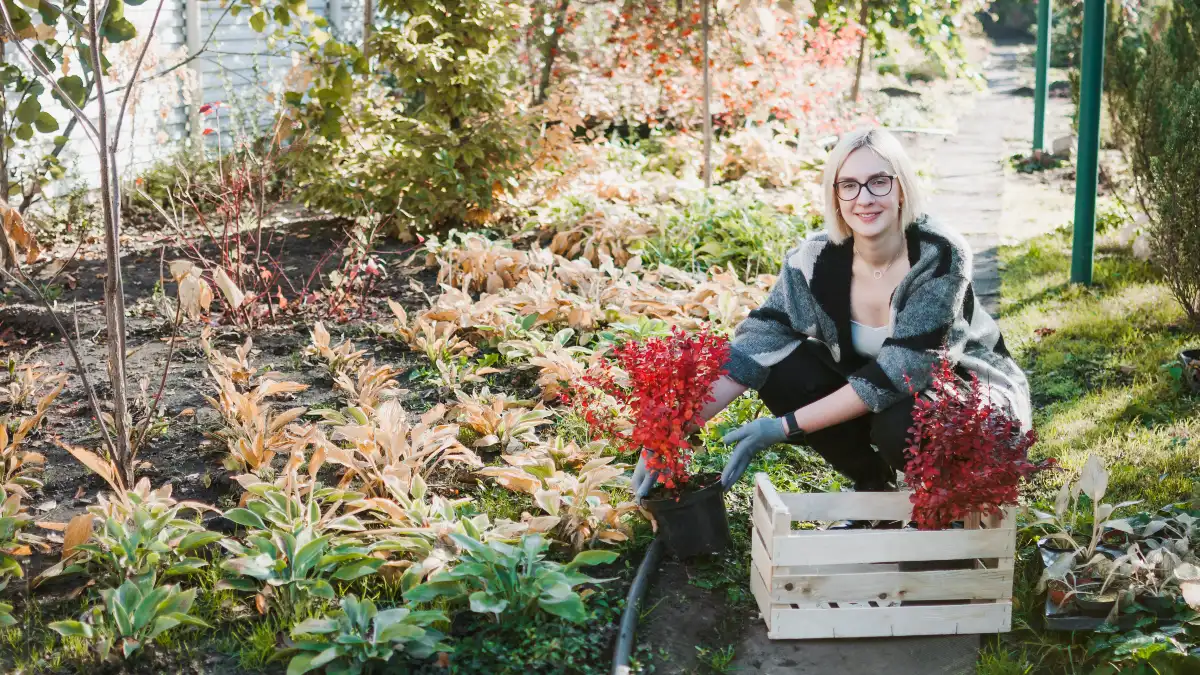
Why now? Consumers are spending more on fresh produce, and they want it closer to home. The UK fruits & vegetables market reached about $27.1bn in 2024 (Grand View Research). At the same time, certified organic sales in Britain grew 7.3% in 2024 to £3.7bn (Soil Association). That demand spills into gardens: people want raised beds, herbs, and small orchard plantings they can actually eat from.
Offer this “done-for-you” package:
- Design & siting: sunlight mapping, bed layout, crop rotation plan for 9–12 months.
- Build & fill: 1.2m x 2.4m cedar or recycled-plastic beds; peat-free mix by volume (compost/topsoil/soil improver).
- Planting plan: cool-season then warm-season succession (salads → beans/toms → brassicas).
- Coaching: two 45-minute visits for watering, feeding, and pest ID.
Pricing model:
Per-bed install (from £350–£550) plus soil delivery at cost; discount bundles for 2–4 beds.
Seasonal service pack (from £120/quarter): replant, mulch, and tidy.
Add-ons: drip irrigation kit, fruit cage, compost bin.
Proof you’re the expert: reference crop spacing and varieties suited to the client’s soil pH and aspect; offer a 12-month “harvest calendar” with expected yields. Photograph bed installs and share before/afters to drive referrals.
Wildlife-Friendly & Native Garden Conversions

Policy is your tailwind. Biodiversity Net Gain (BNG) became mandatory for developments in England in February 2024, requiring a minimum 10% net gain—and it has pushed native planting and habitat creation into the mainstream (DEFRA/GOV.UK). Even where BNG doesn’t legally apply to a homeowner, the awareness and demand it created absolutely does.
Services that sell:
Meadow conversions: remove nutrient-rich thatch, sow UK-native wildflower mixes, and set a spring/autumn cut regime.
Ponds & swales: shallow shelves for emergent plants; liner choices; kid-safe depths.
Hedgerow/native shrub belts: hawthorn, hazel, field maple for shelter and berries.
Monitoring: simple photo-point surveys and a seasonal wildlife log.
Who buys: nature-minded homeowners, small developers needing BNG-aligned gardens around new builds, and parish councils/community groups restoring greens.
How to deliver, step-by-step:
- Site audit: sunlight, soil texture, drainage, and existing species.
- Native palette: choose region-appropriate plants; avoid invasive Schedule 9 species.
- Install: timing around rainfall; mulch to suppress weeds.
- Aftercare: a 12-month plan—watering windows, first-year cut timing, re-sow patches.
Offer fixed-price “starter habitats” (e.g., 4x6m mini-meadow from £750 including seed and first-year cuts) and an annual maintenance visit.
Garden Design (In-Person or Virtual)

The garden design UK market supports clear fee anchors: for full transformations on a ~100m² rear garden, UK cost guides commonly cite £5,000–£10,000 project budgets (design + build). Typical standalone garden designer cost averages ~£1,950 for the design phase, while many professionals price the design as a percentage of build (c. 10–18%)—a model clients understand and that scales with project complexity (Checkatrade; MyJobQuote; Learning with Experts). These references help you quote confidently and explain why your fee matches scope.
Offer & deliverables that sell in 2025:
Remote concept boards (mood, layout options) delivered over Zoom; one rapid revision round.
Planting plan with peat-free specs, pollinator value and 12-month care sheet.
3D or annotated visuals to show levels, sightlines and evening lighting.
Trade plant sourcing and a priced schedule so clients see where the money goes.
Conversion funnel:
- Low-cost consult (60–90 min site/virtual) → quick-win ideas + ballpark budget.
- Concept package (fixed fee) → 2 layout options + palette.
- Full design (percentage or fixed) → planting plan, technical notes, 3D.
- Build handover → introduce partner landscaper; you quality-check and snag.
Pricing script you can use: “Design from 10–18% of build depending on scope; standalone concept from £xxx redeemable against full design; project budgets for 100m² typically £5k–£10k depending on materials and lighting.” This keeps you credible and reduces haggling.
Interior Plant Care & Biophilic Office Fit-Outs

Biophilic design isn’t a fad; peer-reviewed research continues to link indoor nature with higher wellbeing and performance. A 2024 study in Nature Scientific Reports examined how exposure to indoor nature boosts vitality and wellbeing in offices, and UK bodies like the British Safety Council (2025) summarise similar benefits for mental health, creativity and productivity. The RHS also collates evidence for productivity gains and reduced stress in “plant-rich” workplaces. Together, these sources make an ROI case employers understand.
Your offer:
Plant selection & installation tailored to real light readings (lux), HVAC, and traffic.
Weekly/fortnightly maintenance: water, feed, prune, pest monitor, rotate, clean leaves; replacement guarantee for failures keeps results consistent.
Living walls & feature zones (receptions, breakout areas) with automated irrigation and leak sensors.
Pricing model that clients accept:
Install fee (plants, planters, substrate, logistics, project mgmt).
Monthly maintenance contract priced by plant count/complexity and visit frequency; index annually to a construction/maintenance benchmark (e.g., BCIS reported a 3.3% rise in maintenance estimating rates to Q1 2025). Provide 12-month terms with SLA and guaranteed replacements. BCIS
Sales tip: open with a pilot zone (10–20 plants near staff seating) and track simple KPIs—occupancy near green zones, self-reported mood, and help-desk complaints about “drab space”—before scaling.
Microgreens & Herb Production (Local B2B + Subscription)
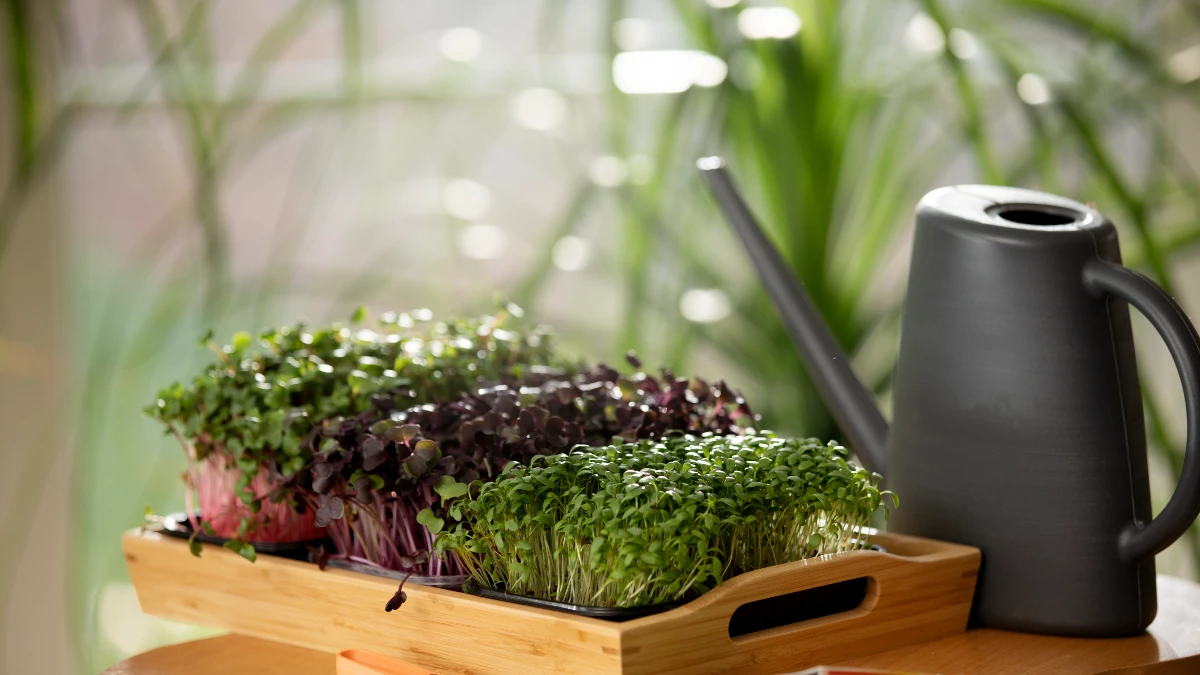
There’s real market pull. Analysts tracking the microgreens market show double-digit growth this decade: the UK segment is projected to grow at ~11–12% CAGR to 2030 (Grand View Research), echoed by global forecasts from other firms. Meanwhile, the RHS promotes microgreens as quick, reliable crops (7–21 days) that thrive indoors—perfect for steady supply. Together, that’s a strong demand + feasibility signal for a low-capex microgreens business.
Offer & channels:
Weekly chef boxes (pea shoots, basil, radish, sunflower) delivered same-day; include a harvest date and shelf-life note.
Consumer subscriptions (small/medium/large) with recipe cards.
Farmers’ markets & delis: branded clamshells; “cut-to-order” trays for cafés.
Set up that passes a kitchen audit:
Racking + full-spectrum LED, trays, coco mat or food-safe media, pH-balanced water.
Hygiene SOPs & HACCP basics (separate clean/dirty zones; sanitise seed soak containers; log temps/humidity; FIFO rotation).
Yield model: start with 20 trays/week; track germ %, harvest weights and shrink; expand in 10-tray increments.
Pricing: per-tray wholesale (chef) vs. per-box retail (consumer). Add a standing-order discount (10%). Keywords: microgreens business, urban farming, small gardening business ideas.
Cut-Flower Microfarm & Wedding Florals

The opportunity is clear: the UK imported ~£635 million of cut flowers in 2024 (OEC). At the same time, domestic production has risen—reporting around £179 million in 2024—as British growers capture demand for fresher, lower-mileage stems (The Guardian). Supply chains remain import-heavy, but local, seasonal flowers are winning weddings and subscriptions on provenance and sustainability.
Positioning & offer:
Seasonal bouquet subscriptions (spring bulbs → summer annuals → dahlias).
Wedding & event florals with a “grown-not-flown” palette; offer date-secure deposits a year out.
Florist partnerships for weekly wholesale buckets (grade, stem counts, and palette notes).
Routes to market that shorten your sales cycle:
Join Flowers from the Farm for peer advice, branding momentum, and a directory listing that drives local enquiries.
Pair CSA-style subscriptions with open-farm days and workshops.
Production starter plan (¼ acre):
Bed map with succession (ranunculus/anemone → cornflowers/snapdragons → dahlias/chrysanths).
Stems target: 80–120 marketable stems/m² across the season with strict grade standards (length, straightness).
Risk controls: plant more drought-tolerant cultivars, install drip, and schedule pre-dawn harvests for vase life; keep cool chain (shade, fans, water dips).
Pricing: publish stem bands (£/10 stems by grade); build wedding packages (Elopement / Intimate / Full-Service) with clear stem counts and labour.
Online Plant Nursery / Seedling Sales (Compliant Trading)

If you sell plants online UK (distance contracts such as e-commerce, phone or social), you usually need UK plant passports attached to each plant or unit you ship—even when selling to private, non-business customers. In 2025, DEFRA and APHA reiterated that distance sellers must be registered as professional operators and authorised to issue plant passports before trading. APHA also runs a List of Authorised Distance Plant Sellers, updated throughout 2025, which you can apply to join once authorised—useful social proof for customers.
Know the label anatomy: a UK plant passport shows Parts A–E (A = botanical name; B = your APHA registration number; C = traceability code; D = country of origin; E = NI→GB movements when relevant). For online orders, the passport can be on the pot, on a care tag, on the delivery note inside the parcel, or on the box—but it must travel with the plant. Keep inspection/audit-ready records.
Compliance guardrails:
Authorisation with APHA before shipping.
Don’t sell invasives listed under Schedule 9 / species of concern—do a SKU audit against the NNSS lists (and your local equivalents).
Monitor Plant Health Portal updates; January–June 2025 notices clarified passport use and extended EU passporting easements (draft labels attached in the EU until 31 Jan 2027, subject to checks on GB arrival).
Offer & operations that work:
Curate hardy perennials, veg plugs, and pollinator packs with peat-free media and clear after-care sheets.
Ship Mon-Wed only in colder months; next-day tracked year-round; add heat-pack/cool-pack rules per season.
Use cardboard cradles, paper wraps, and moisture-locking sleeves; photo each order pre-seal.
Guarantee: 7-day “arrive alive” with exclusions for buyer handling; publish a fair returns policy; log issues to refine packing.
Build supplier-document and traceability workflows into your WMS from day one.
Garden Coaching, Workshops & At-Home Consults

This niche converts because the UK’s gardening audience is huge: the Royal Horticultural Society reports 600,000+ members, a strong proxy for demand for garden coaching and gardening classes in every region. If you already know your perennials from your pruning cuts, you can package that know-how—without buying a van full of kit. RHS
Starter offer (simple and sellable):
90-minute “Ask-Me-Anything” garden audit at the client’s home (or via video + photos). Deliver a written action list (soil fixes, plant moves, quick wins) within 48 hours.
Seasonal clinics (spring prep, summer watering, autumn pruning): 6–10 people, 2 hours, materials included.
Small-group workshops with hands-on topics (pruning roses, wildlife planting, veg planning).
Upsells that add margin:
Planting plans for one bed or the whole plot;
Maintenance calendars (what to do each month, with product links);
Affiliate picks (secateurs, mulches, drip kits) disclosed clearly to keep trust.
Delivery tips: pre-send a client checklist (photos, goals, budget), bring a simple soil pH kit, map sun/shade, and leave a two-page plan with links to suppliers. Price the audit as a flat fee, then credit a portion against any planting plan to increase conversion to design or install work.
Water-Wise Retrofits & Smart Irrigation
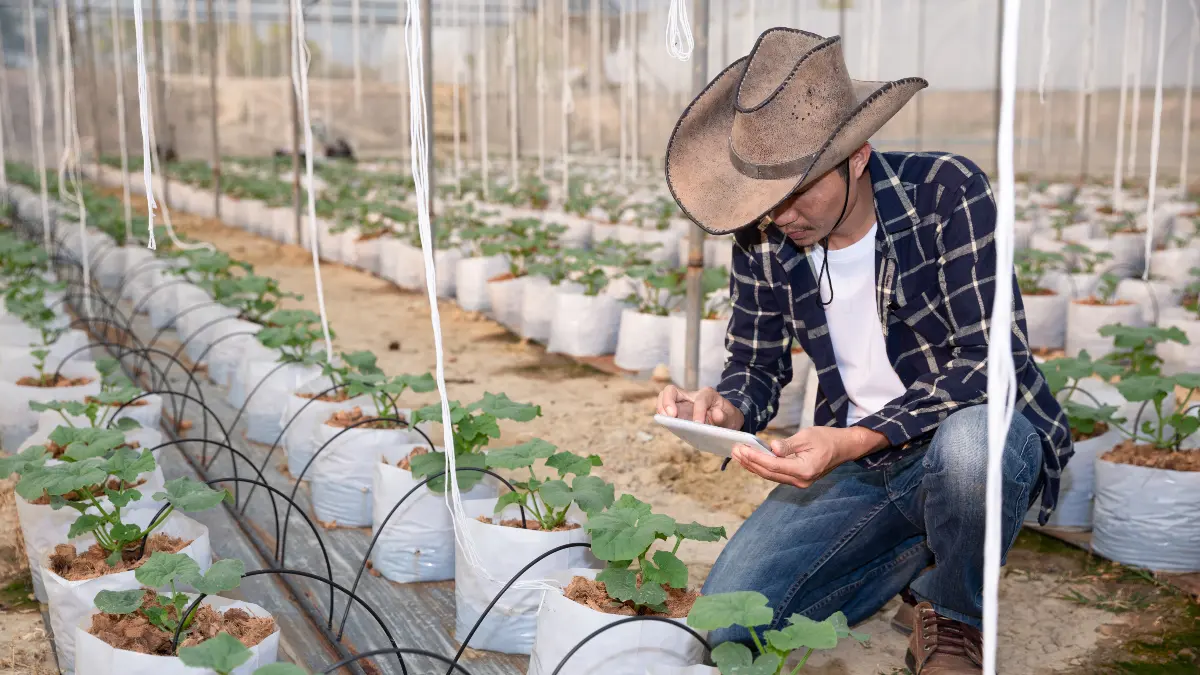
Heat spikes and dry spells are now routine. In June 2025, Cambridge Water reported customers using ~30% more water per day during hot weather—pressure that flows straight into hosepipe bans and stressed gardens. The RHS and Waterwise both recommend rainwater harvesting, timing irrigation, mulching, and prioritising new plantings. That’s a service line you can sell, with data behind it.
What to offer:
Rain-garden installs: shallow basins, amended soils, overflow routes; plant lists for wet-then-dry cycles.
Drip irrigation retrofits: pressure-regulated lines, emitters by plant need, backflow prevention.
Smart controllers with weather-based scheduling and flow monitoring (a fast-growing global market through 2029 per multiple market trackers).
Numbers clients remember: the RHS estimates an average UK roof can yield ~24,000 litres per year—roughly 150 water butts worth—if captured and stored. Propose linked butts or a compact tank sized to their bed area and expected dry-day run length.
How to scope a property (your 45-minute survey):
- Record roof area/downpipes; site the butt/tank; add a diverter and first-flush.
- Check water pressure/flow; choose regulators and filters.
- Map beds by water need; propose drip zones + mulch upgrade.
- Offer a maintenance visit (spring check, emitter flush, controller tune).
Beekeeping: Honey, Wax & Pollination Services
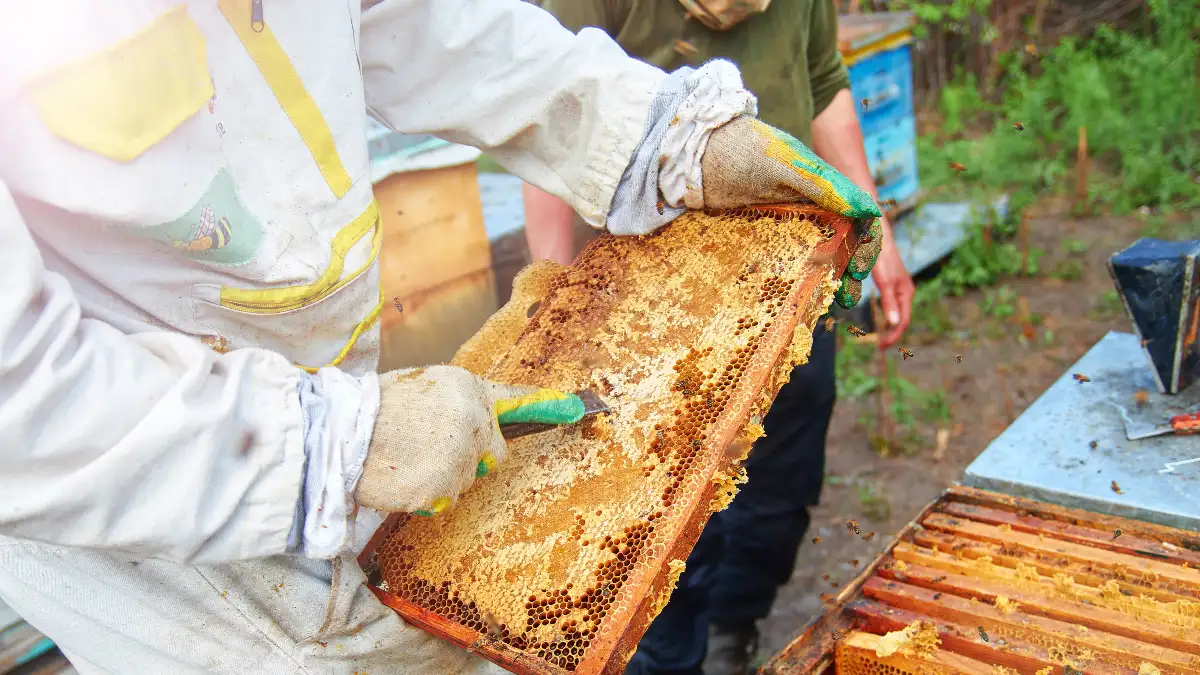
Beekeeping can be a tidy beekeeping business UK side-income if you treat it like any craft food. The National Bee Unit reports a 2024 average honey yield of around 18 kg per hive (main crop), while the British Beekeepers Association represents ~30,000 members, showing broad participation and local support networks.
Offers that stack revenue:
Honey jars (340 g and 454 g), cut comb, and creamed honey;
Wax products (candles, polishes, salves);
Pollination services for orchards and market gardens;
Compliance & good practice:
Register on BeeBase (free) so NBU inspectors can alert you to disease risks and offer support; check local bylaws for hive placement and signage; maintain public/product liability cover.
Label correctly: follow UK honey labelling rules—name of food, net weight, best before, business name/address, and country of origin (for blends, follow the updated origin wording rules from 2024). Keep records to support authenticity; FSA/Defra and the Government Chemist have been tightening guidance on testing methods.
Simple first-year model (2 hives): budget for PPE, smoker, hive tools, two nationals, extraction kit (consider hiring), treatments, and jars. Aim for 25–35 retail jars per hive in an average year; pre-sell to neighbours and farm shops, and reserve spring weeks for pollination contracts.
Composting & Soil Delivery

There’s paid demand hiding in plain sight: most English councils now charge for garden-waste collection. Hackney’s benchmarking puts it at around 73% of London boroughs charging, with fees commonly £50–£100 per year. Current examples include Hackney (£85), South Gloucestershire (£63), Boston (£52.50) and City of York (£49)—handy price anchors for your local marketing (“cheaper than a bin sticker + you get compost back”). The Local Government Association has long said councils may charge for this service, so don’t expect the tide to turn free any time soon.
Offer that converts: paid green-waste pickup → local composting → compost delivery. Start with fortnightly garden waste collection rounds (bagged brush, leaves, grass), then return value as peat-free compost or leaf-mould (screened 10–20 mm) sold in 40L sacks or dumped-bag bulk (500–750 L).
Compliance (treat seriously): in England, register the T23 waste-exemption for small-scale aerobic composting and log inputs/outputs; if you transport waste, register as a waste carrier (upper-tier for other people’s waste). In Scotland, the SEPA Paragraph 12 composting exemption and waste-carrier registration apply; check site layout, drainage and tonnage limits. Keep your paperwork audit-ready.
Operations playbook: weigh van routes, publish a contamination list (no knotweed, no plastic), hot-compost in windrows/bays, track moisture (50–60%), and screen before delivery. Price pickups from £12–£18 per sack (or subscription), bulk-bag compost £55–£85, and add mulch spreading as a labour upsell.
Robotic Lawn Mower Setup & Maintenance

Automation is moving from novelty to normal. Independent market trackers estimate Europe’s robotic lawn-mower market at about $0.75 bn in 2024, with forecasts pointing to ~10–14% compound annual growth into the 2030s. Global outlooks from firms like Grand View Research show double-digit growth as wire-free navigation and app-based fleets go mainstream. In short: homeowners and facilities managers are ready to buy—if someone will install and look after the machines.
Your offer (keep it turnkey):
Site survey: lawn size/complexity, slopes, shady zones, grass species, theft risk.
Installation: charging-base siting, boundary or vision setup, zone mapping, firmware/app pairing.
Protection: PIN, geofence, base anchors, discreet cabling, signage for pets/kids.
Seasonal service: blade swaps, deck clean, battery health check, winter storage & spring recommission.
Bundles: pair with smart irrigation and monthly lawn care UK checks (feed, weed, disease scout) for a single invoice.
Pricing anchors: fixed-fee installation tiers by lawn size/complexity, then annual service plans (bronze/silver/gold). Capture recurring margin by offering winter storage and a loan-unit if a mower goes for repair. Position this clearly within your gardening business ideas as “automation + upkeep” rather than one-off kit fitting.
Conclusion
If you’ve been waiting for a signal, this is it. The 2025 picture is full of real demand: organic and edible gardening spend keeps rising, British-grown flowers are displacing imports, households want water-saving retrofits, and robot mowers are scaling fast.
The safest profits come from recurring-revenue services—maintenance routes, plantscaping and service contracts—and from compliant e-commerce (think plant passports and proper fulfilment). Pick one niche.
Validate it with five pilot customers in your postcode, price a lean starter package, and ship your first jobs within 30 days. Then build route density, capture reviews, and layer in upsells. This is how you turn gardening business ideas into income—and how you start a gardening business that lasts.


